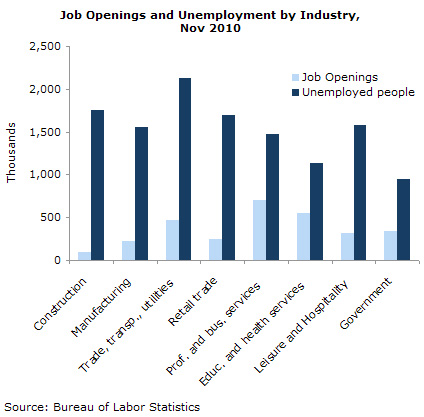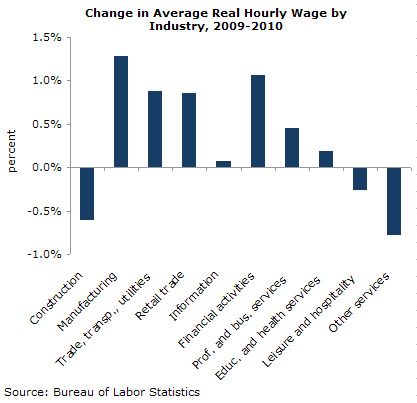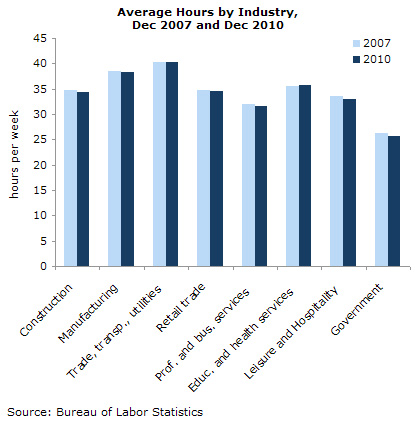Article
Fact-based, data-driven research and analysis to advance democratic debate on vital issues shaping people’s lives.
Center for Economic and Policy Research
1611 Connecticut Ave. NW
Suite 400
Washington, DC 20009
Tel: 202-293-5380
Fax: 202-588-1356
https://cepr.net
The Washington Post told readers that the economy’s problem is not a lack of jobs, but rather that workers don’t have the right skills for the jobs that are available. This is known as structural unemployment, a situation where there is a mismatch between the available jobs and the skills of the workers who need jobs.
There are some simple implications of the existence of a problem of widespread structural unemployment. We are asking about a widespread problem because we are trying to find an explanation for 15 million people being unemployed. They are always narrow niches of the labor market where employers may find it difficult to find workers with the right skills. However, you cannot re-employ 15 million people in these narrow niches.
First, if there is a serious issue of structural unemployment then there should be some major sector(s) of the economy where the number of job openings outstrips the number of available workers. There is no major sector where the number of job openings is even half as large the number of unemployed workers from the industry.

Second, if there is a serious issue of structural unemployment then the sectors that are having trouble finding workers should be bidding up wages. There is no sector that has a rate of real compensation growth that is even close to productivity growth or the 1.5 percent average over the years from 1996 to 2000.

Third, if there is a serious issue of structural unemployment then employers would be working their existing workforce more hours because they are unable to find more workers to fill job openings. Only the financial industry reports average weekly hours that are higher today than at the onset of the recession. Even here the increase has been just 0.8 percent.

The data is clear. These graphs make it even clearer. There simply is no structural employment story. It is clearly about lack of demand.